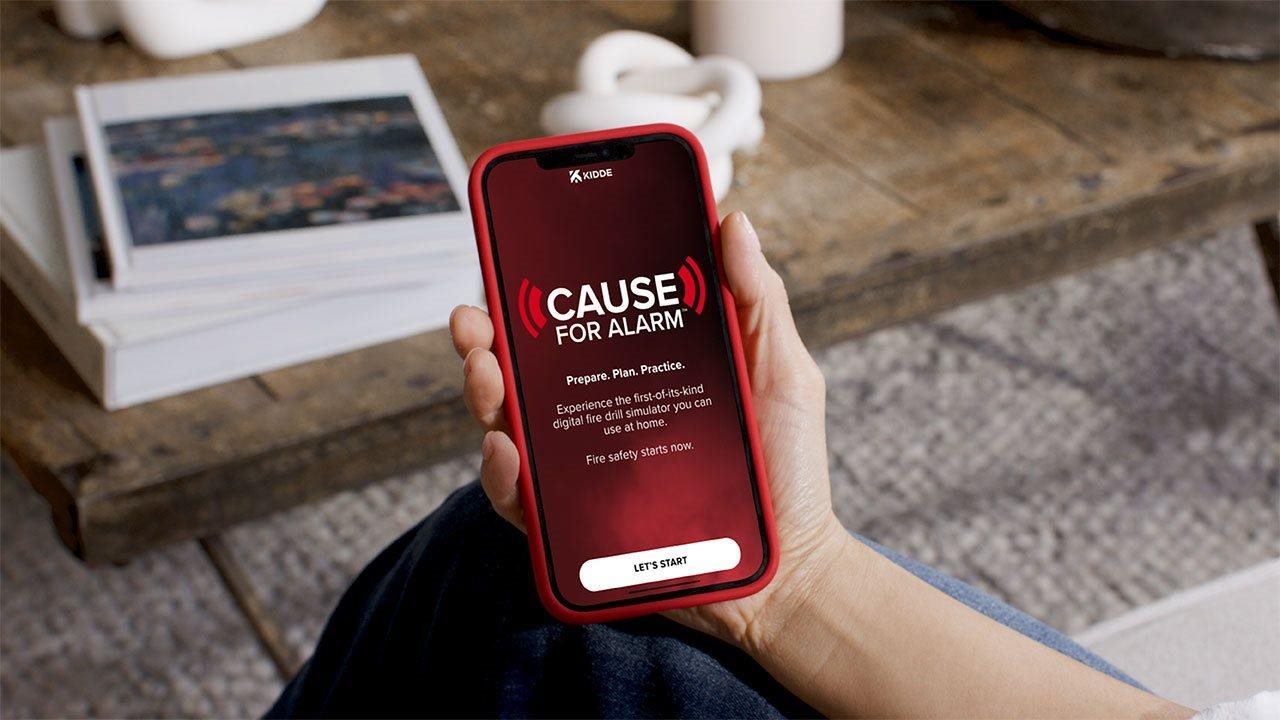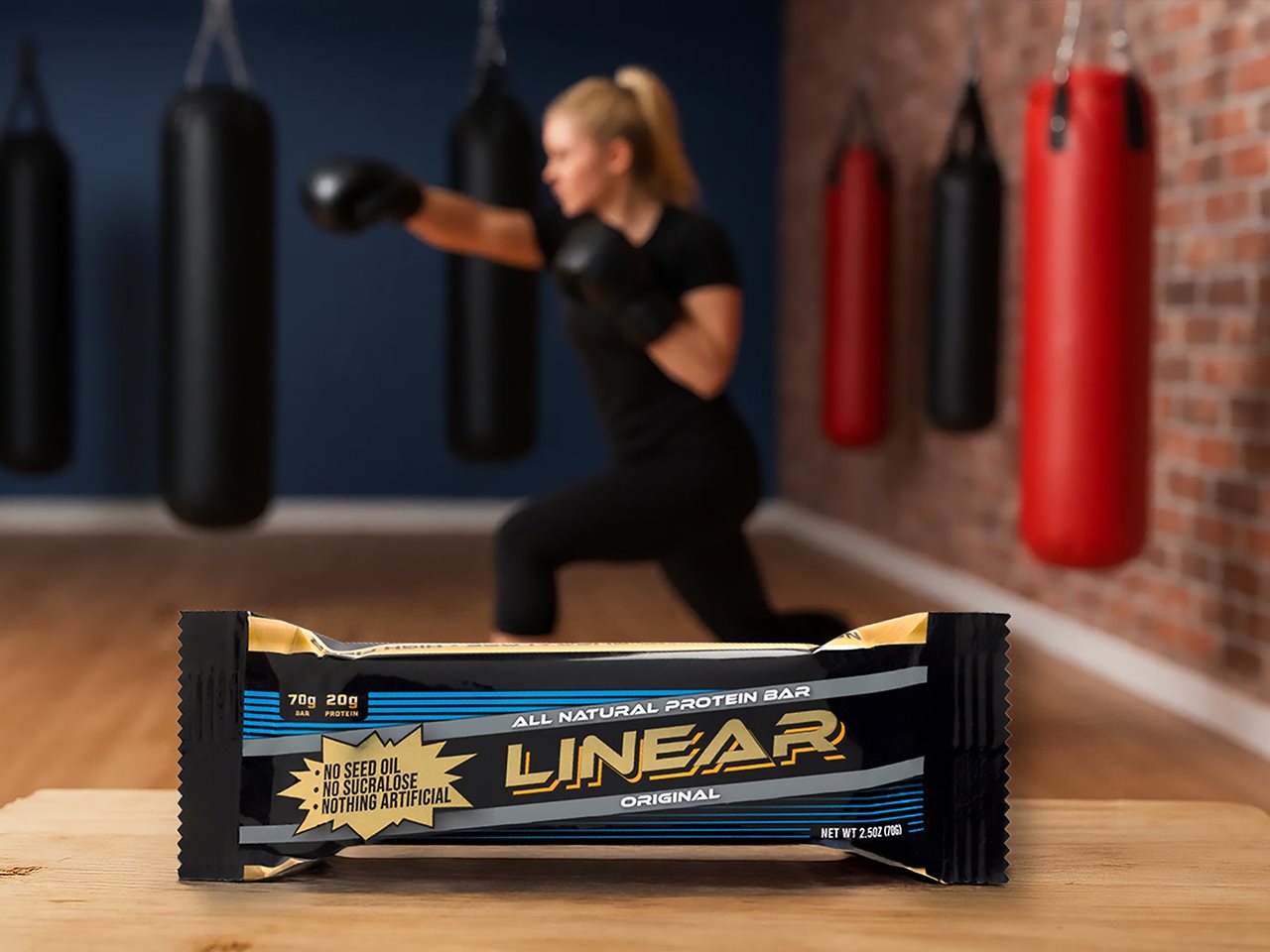2025-10-09T09:01:05
(BPT) – October is Fire Prevention Month, making it an ideal time to review life-saving, fire-safety tips. Fire safety starts at home, and simple steps can go a long way in protecting every moment. In fact, the National Fire Protection Association (NFPA) estimates that one in five households (19%) are at risk of not having at least one functional alarm. Fire spreads fast and working smoke alarms help give you early warning so you can get outside quickly.
To help protect what matters most, follow these safety tips.
- Check the age of your alarms. Smoke alarms don’t last forever. They should be replaced at least every 10 years, and many homeowners don’t realize theirs may already be expired. Check the date it was manufactured on the back of each alarm. If it’s more than 10 years old, it’s time to replace it.
- Upgrade to 10-year battery alarms. For convenient fire safety, consider upgrading to a First Alert 10-year sealed battery alarm. The sealed battery is designed to power the alarm for a full 10 years, which means you never have to replace the batteries or deal with low-battery chirps during that time. This eliminates the cost and hassle of changing the batteries while helping ensure continuous detection capabilities.
- Update your home with advanced fire-safety technology. Newer smoke alarms are designed and tested to meet the latest industry standards to provide early warning in the event of a home fire emergency, while also reducing nuisance cooking alarms as the technology better differentiates between cooking smoke or steam and a fire emergency.
- Ensure proper placement and number of alarms. According to the NFPA, a smoke alarm should be installed on every level of your home, outside of each sleeping area and in every bedroom. When installing on the wall, place the smoke alarm no more than 12 inches away from the ceiling. Additionally, CO alarms should be installed on every level and outside each sleeping area.
- Care for your alarms. Having working smoke and CO alarms is the first line of defense. Roughly three out of five fire deaths happen in homes with either no smoke alarms or no working smoke alarms (NFPA). Be sure to test your smoke alarms regularly to ensure they’re in functioning condition, and replace them at least every 10 years. It’s also important to regularly clean your alarms. To do so, gently vacuum the dust from the unit using a soft brush attachment or use a can of clean compressed air to blow dust out of the sensor areas.
- Have a fire extinguisher on hand. If a fire does happen, make sure to have a fire extinguisher easily accessible — and know how to use it. The First Alert HOME1 Rechargeable Fire Extinguisher is ideal for use in any household location. Remember the acronym P.A.S.S. when operating: Pull the pin, Aim at the base of the fire, Squeeze the trigger and Sweep from side to side.
To learn more about First Alert products, or for additional fire safety tips, visit FirstAlert.com.




























